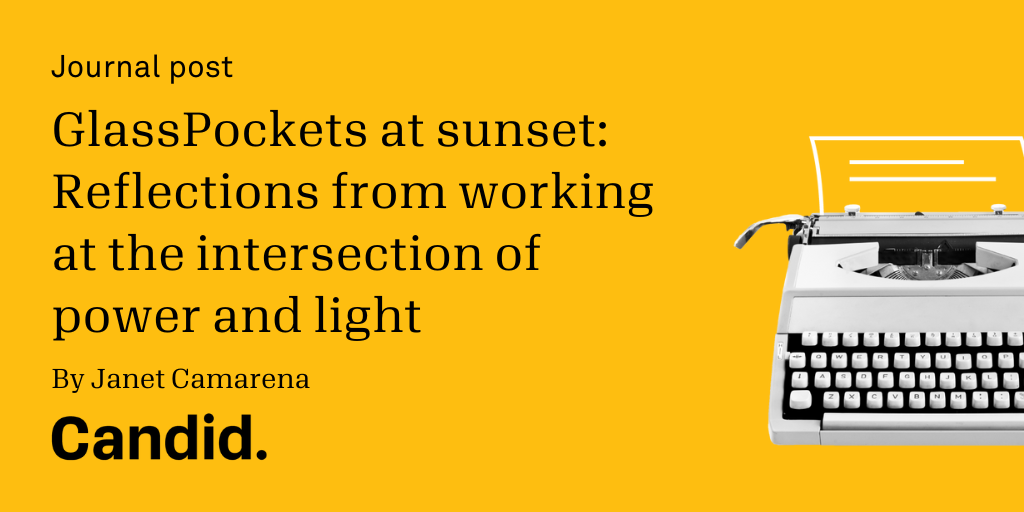The Case for Opening Up Foundations Meetings to the Public
(Caroline Fiennes is Director of Giving Evidence, and author of It Ain't What You Give. She co-authored a recent report investigating the role open meetings play in increasing transparency. A version of this post was originally published on Giving Evidence, and has been reposted here with permission.)
All charities and charitable foundations exist to serve the public good. Most of them are subsidized by the public through various tax breaks. Any publicly-listed company must have a meeting at least annually at which the directors are held accountable to the people whose capital they deploy. In over 15 years in this "industry," we’ve only encountered two charities/foundations in the UK which have meetings at which the public – or the intended beneficiaries – can know what goes on. The 800-year-old fund, City Bridge Trust in London, lets anybody observe its decision-making meetings, and Global Giving UK has an annual general meeting (AGM) at which anybody can ask anything. Why don’t more?
It’s hard to be accountable to people, or to hear from people, if they’re not in the room.
So we wondered how many charities and foundations have public meetings.
Giving Evidence simply telephoned the 20 largest charities and foundations in each of the UK and the US and asked whether they ever have any meetings which are open to the public, and whether the public can ask questions. Of the 82 organizations we asked, only two have any meetings in public. None allows the public to ask questions.
This is about accountability and transparency to the people who provide subsidy and to the people the charities and foundations exist to serve.
Suppose that a nonprofit is treated poorly by a grantmaking organization. How can you tell the management of that funder of your experience? Or suppose that the foundation’s strategy could be strengthened by knowledge that you have about a particular population group or region? How can you offer your expertise? Or suppose that the grantees that a foundation is supporting are not providing the services they are supposed to be providing? How can you provide the foundation with your beneficiary feedback? For most foundations, you can’t. This seems to us not good enough.
Hence it’s not the norm elsewhere. For instance, all UK local authorities have their decision-making meetings in public, as does the National Institute of Health and Care Excellence which decides what treatments can be funded from public money.
What’s to hide? One foundation representative perhaps gave the game away by saying outright: “We are accountable to ourselves, not [to] the public. They do not fund us.” Given the tax subsidy, that just isn’t true.
Our purpose here is not to moan or cast blame, but to raise the issue and suggest some ways that charities and foundations can be more accountable and transparent to those who fund them. We are not suggesting that every single charitable entity be required to hold them; most of the 180,000 registered charities in the UK and a million in the US have zero staff. Rather, we suggest requiring organizations with budgets over a certain threshold to hold such events – that threshold might be £1m or $1m, and it might rise over time.
--Caroline Fiennes



